During FP1, it quickly became clear that the Miami track surface was slippery, with all 20 drivers struggling for grip in the opening laps. Even Max Verstappen and Sergio Perez, with the class-leading Red Bull RB19, did not manage to stay within track limits.
Medium and Hard tyres
This was also reflected in the times in the first half hour. Lap after lap the times improved, but time after time it was Verstappen who showed himself the fastest. His first benchmark time was a 1:34.054, while Perez could not get beyond a 1:34.531 at that point.
This trend continued and the gap between the Red Bull pair increased as the session progressed.
Comparing Verstappen and Perez in FP1 (Hard tyres)
| Attempt | Verstappen | Perez | Difference |
|---|---|---|---|
| 1. | 1:34.054 | 1:34.531 | + 0.477 |
| 2. | 1:32.465 | 1:33.234 | + 0.769 |
| 3. | 1:31.826 | 1:33.080 | + 1.254 |
Leclerc narrows the gap to Verstappen
On paper, Verstappen's other biggest competitor in qualifying looks like being Charles Leclerc, but the Monegasque was also consistently well behind the Dutchman in the first half hour's running.
The difference between Leclerc and Perez, however, was that the Ferrari driver's deficit to Verstappen narrowed as the session went on. Before switching to Soft tyres, however, Leclerc was still 0.7 seconds slower than the Dutchman, as shown in the table below.
Comparing Verstappen and Leclerc in FP1 (Hard tyres)
| Attempt | Verstappen | Leclerc | Difference |
|---|---|---|---|
| 1. | 1:34.054 | 1:35.911 | + 1.861 |
| 2. | 1:32.465 | 1:33.901 | + 1.436 |
| 3. | 1:31.826 | 1:32.528 | + 0.702 |
Soft tyres
Verstappen and Perez were the first in FP1 (along with the Haas duo) to have Soft tyres fitted to their cars, doing so around 30 minutes into the session.
Once again, it was Verstappen who was immediately faster than Perez. With a difference of half a second, the gap was smaller than at the end of the period of fast laps on the Hard tyre.
Whereas the Dutchman improved his time on his second attempt, however, after the red flag for Nico Hulkenberg's crash, Perez managed to go just a few thousand of a second faster.
Comparing Verstappen and Perez in FP1 (Soft tyres)
| Attempt | Verstappen | Perez | Difference |
|---|---|---|---|
| 1. | 1:31.054 | 1:31.581 | + 0.527 |
| Red Flag | |||
| 2. | 1:30.549 | 1:31.566 | + 1.017 |
That one fast lap after the red flag was enough for Red Bull, who then allowed their drivers to complete a longer run on those same Soft tyres. Their rivals took slightly different approaches after the red flag, however.
Ferrari continued to drive fast laps until the final seconds of FP1, Mercedes drove initial long runs and only made a fast lap at the very last moment, and Aston Martin drove two fast laps after the red flag, only to end the session with a long run.
How, then, do we compare all these different fastest lap times after FP1 if everyone did things slightly differently? We
look at when the laps were driven, because track evolution
is of great importance in Miami. The table below shows the times
of the fast laps of the top four teams, minus Lance Stroll. The last
column shows in which minute of FP1 the time was
set.
The top three times, from Russell, Hamilton and Leclerc, were all set in the closing seconds. Knowing that the track was getting faster and faster, it is clear that this trio took advantage of that. The track had an extra 15 minutes more grip compared to Verstappen's fastest time.
Looking at the minute in which Verstappen drove his times, one can cautiously say that he was simply 15 minutes "ahead" of his competitors, something Helmut Marko agreed with after FP1. "That had to do with the fact that at the time Mercedes were doing fast laps and long runs. Moreover, they also used more power."
Russell and Hamilton both only drove their first laps in the closing stages on Soft tyres, so from that point of view they did very well right away, but they were taking advantage of all the grip that had been laid down by their competitors in the preceding 58 minutes. Moreover, they had fresh rubber for that one fast lap, while their competitors on their final fast laps were on scrubbed tyres.
Top four teams' lap times
| Drivers | Lap time | Minute |
|---|---|---|
| Russell | 1:30.125 | 60 |
| Hamilton | 1:30.337 | 59 |
| Leclerc | 1:30.449 | 59 |
| Verstappen | 1:30.549 | 45 |
| Sainz | 1:30.724 | 58 |
| Leclerc | 1:30.802 | 54 |
| Sainz | 1:30.993 | 51 |
| Verstappen | 1:31.054 | 32 |
| Leclerc | 1:31.072 | 49 |
| Alonso | 1:31.231 | 52 |
| Perez | 1:31.566 | 32 |
| Perez | 1:31.581 | 45 |
| Alonso | 1:31.633 | 48 |
| Sainz | 1:31.995 | 47 |
FP2
But if that performance in FP1 had given hope to Hamilton and Russell, those hopes were quickly dashed by the end of FP2, where Verstappen called the shots with Hamilton a second adrift in seventh, and Russell languishing in 15th place a further 0.3 seconds back.
Verstappen set the pace with a 1:28.2. A few minutes later, neither Ferrari could match that, on an already slightly faster track. Sainz and Leclerc were 0.1s adrift, with Perez 0.2s behind.
When the top drivers went for a second run, none managed to improve except Verstappen. So the Dutchman was by far the fastest (0.4s). Where did he find that time? We compared sector times in the table below, revealing that the Dutchman gained time in every sector, but most of the time was gained in the twisty first sector.
Looking at the top speeds of each team's best lap, Red Bull stands head and shoulders above the rest with 341 km/h, while Mercedes (333 km/h), Ferrari (333 km/h) and Aston Martin (332 km/h) all concede ground.
Verstappen looks out in front, followed by both Ferrari drivers and Perez. The four of them will battle for pole position on Saturday, with the reigning champion the clear favourite. Behind them, Mercedes and Aston Martin will battle it out for the third and fourth rows of the grid.
Ideal FP2 lap times
| Driver | S1 | S2 | S3 | Ideal time |
|---|---|---|---|---|
| Verstappen | 29.534 | 33.350 | 25.046 | 1:27.930 |
| Sainz | +0.202 | +0.170 | +0.013 | +0.385 |
| Leclerc | +0.210 | +0.049 | +0.136 | +0.395 |
| Perez | +0.126 | +0.100 | +0.170 | +0.396 |
| Alonso | +0.230 | +0.341 | +0.044 | +0.615 |
| Hamilton | +0.321 | +0.328 | +0.097 | +0.746 |
| Stroll | +0.324 | +0.299 | +0.273 | +0.896 |
| Russell | +0.334 | +0.289 | +0.303 | +0.926 |
Race pace
In terms of race pace, we don't have a huge amount of comparison material, but since Red Bull's race pace is generally so good, we're going to focus on them. In FP1, Perez and Verstappen both switched to long runs fairly quickly, with both trying out Soft tyres.
It was clear that Verstappen was more comfortable in his skin during the FP1, as was evident from his fast laps. This was also true over a longer run, as can be seen in the table below, although it was only a relatively short "long" run of four laps. On his last attempt, Verstappen ran into traffic.
Race pace FP1
| Lap | Verstappen | Perez |
|---|---|---|
| 1. | 1:34.6 | 1:35.8 |
| 2. | 1:33.8 | 1:34.8 |
| 3. | 1:33.6 | 1:34.5 |
| 4. | 1:37.4 | 1:34.0 |
In FP2, the last 20 minutes were dominated by long runs, although they were interrupted after three laps by Leclerc crashing his Ferrari. Verstappen, however, was once again the fastest, although Perez suffered a lot with traffic. After the red flag he had a clear track, but even so he still couldn't quite keep up with Verstappen's pace.
Looking at the competition, Alonso and Hamilton were able to stay somewhat on Red Bull's tails, albeit at a distance. The two Ferraris and George Russell were slower than Hamilton and Alonso on long runs.
Verstappen is therefore the favourite. Behind the Red Bull duo, it will come down to who has the best pace in the race. In qualifying, it is clearly Ferrari, but as we have seen so far this year, it does not necessarily follow that the same will be true in the race.
Race pace FP2
| Lap | Verstappen | Perez |
|---|---|---|
| 1. | 1:32.4 | 1:32.1 |
| 2. | 1:32.5 | 1:37.4 |
| 3. | 1:32.6 | 1:37.0 |
| Red flag | ||
| 4. | 1:31.9 | 1:33.8 |
| 5. | 1:31.9 | 1:32.2 |
Don't miss out on any of the Formula 1 action thanks to this handy 2026 F1 calendar that can be easily loaded into your smartphone or PC.
Download the calenderMost read
In this article
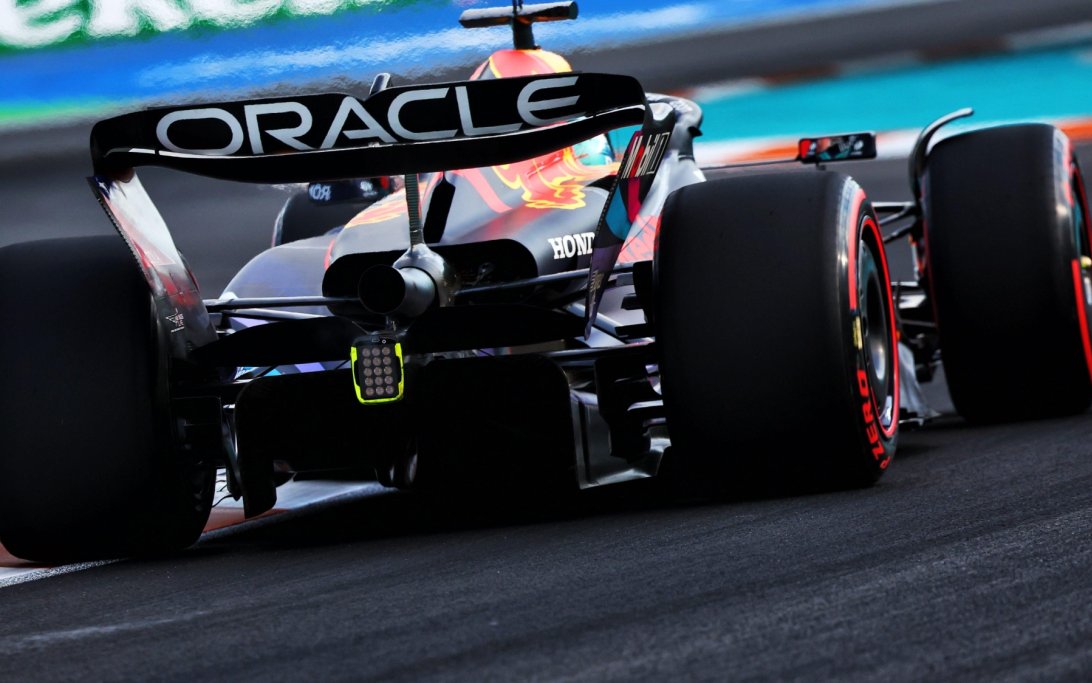

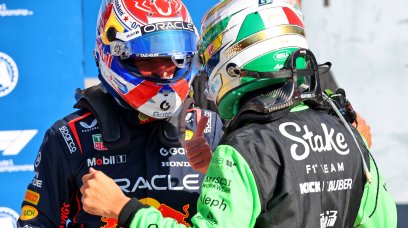
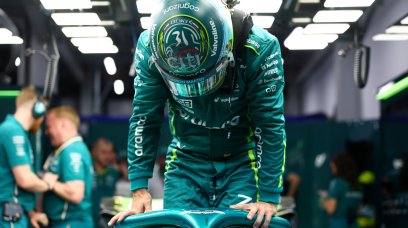
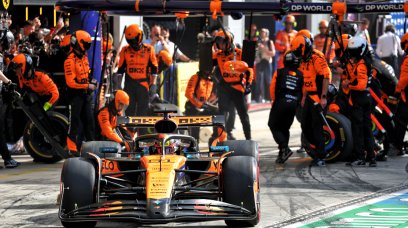

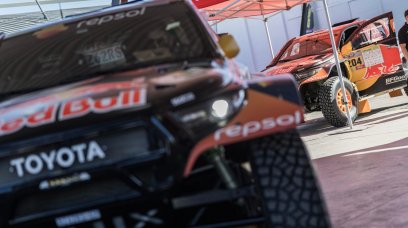


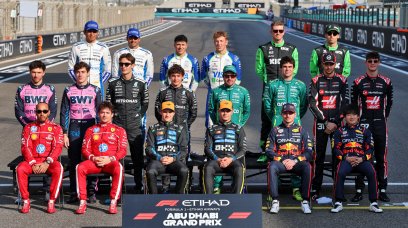
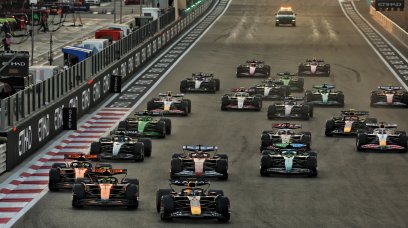
Join the conversation!